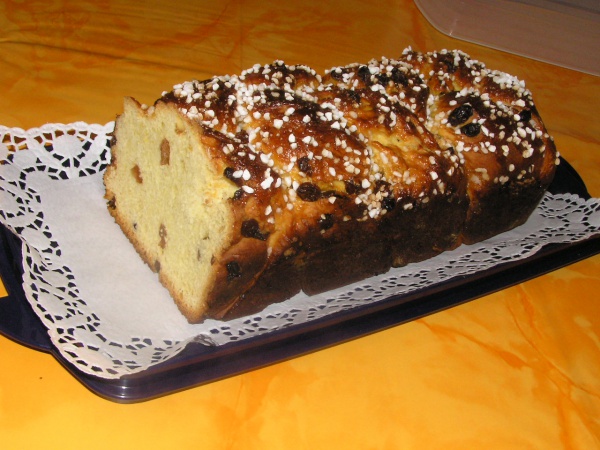Facts About Cozonac
Cozonac, also known as Kozunak, is a delightful sweet bread that holds a cherished place in Romania, Bulgaria, and Serbia. Brimming with rich ingredients like eggs, milk, and butter, it serves as a hallmark for Easter celebrations in Bulgaria as well as major holidays in Romania and Moldova. The name "cozonac" is derived from the Greek word "kosōnáki." Notably, in 2006, cozonac was chosen to represent Romania in the Café Europe initiative on Europe Day.
The history of cozonac is indeed fascinating. It traces back to Ancient Egypt, where it was likely sweetened with honey and filled with seeds. The Greeks adopted this culinary delight, incorporating yeast and leavened dough to create a variant known as "plakoús." The Romans then added dried fruits, resulting in various versions of the bread. During medieval Europe, cozonac with dried fruits became popular for its longer shelf life. The first recorded recipe in Great Britain appeared in 1718, and the French contributed to its popularization in the 19th century.
Preparing cozonac involves mixing milk, yeast, eggs, sugar, butter, and other ingredients, then allowing the dough to rise before baking. Regional variations may include additions such as raisins, lokum (Turkish delight), citrus zest, nuts, and various flavorings. Some recipes also feature delicious fillings like ground walnuts, poppy seeds, cocoa powder, or a hint of rum essence. Often, the bread is finished with a sprinkling of poppy seeds on top.
Cozonac is not the only sweet, egg-enriched bread found around the world. Similar versions exist in other cuisines, such as tsoureki in Greek and Middle Eastern cultures, badnji kruh in Croatian traditions, panettone in Italy, challah in Jewish cuisine, and stollen in Germany. These breads all share a common heritage and are beloved globally.

 Serbia
Serbia